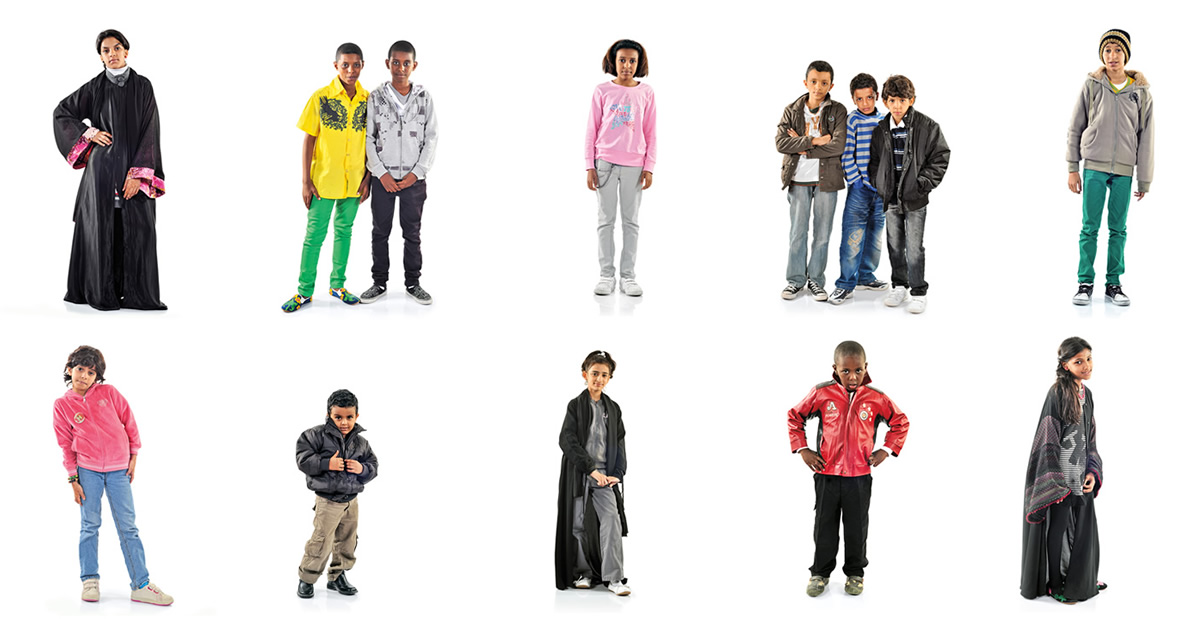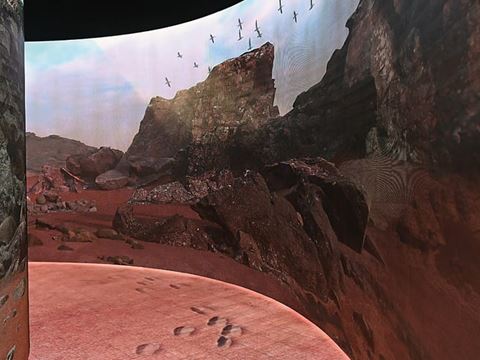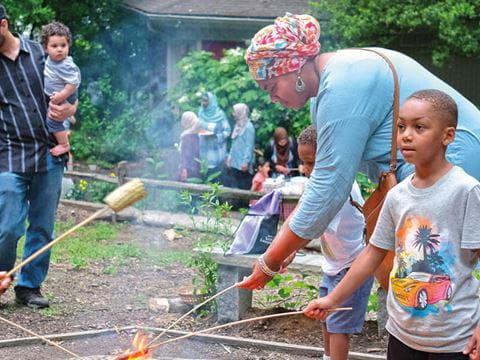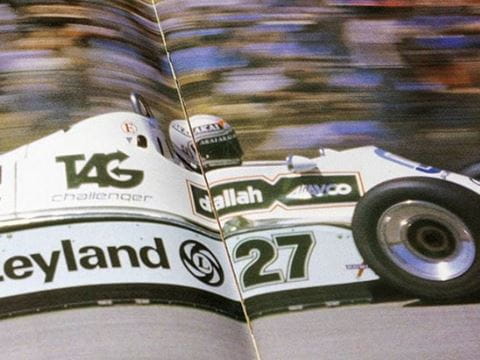
FirstLook: Youth of the Nation
For a week in December 2009, Abduljalil and I created a studio-style “photo booth” for kids at the Saudi Aramco Oil Exhibit Eid Program in Dhahran, Saudi Arabia.
For a week in December 2009, Abduljalil and I created a studio-style “photo booth” for kids at the Saudi Aramco Oil Exhibit Eid Program in Dhahran, Saudi Arabia. We not only displayed the technical side of photography, but also created a friendly space where interactions with our subjects felt purposeful, public and casual. The kids who wanted to have their photo taken sat and watched us work while waiting for their turn to spend 30 seconds to several minutes in front of the camera. Afterward, we gave everyone a small print. At times, the energy felt exponential, as the boldness of one inspired the next. The less serious the process was, the more open each kid became.
We took thousands of photos. In most cases, I did not direct at all. These kids knew how they wanted to present themselves. When I sat down and started to look thoughtfully at the results, I found myself drawn to the confidence and vulnerability that so many of these kids, who came from all over Saudi Arabia, shared so eagerly. I saw that together, the images revealed something more: partly the awkwardness of youth, and partly the reflection of a diverse society as it moves toward the future—a future full of expression.
—Ayesha Malik
About the Author
You may also be interested in...

Ithra Explores Hijrah in Islam and Prophet Muhammad
History
Arts
Avoiding main roads due to threats to his life, in 622 CE the Prophet Muhammad and his followers escaped north from Makkah to Madinah by riding through the rugged western Arabian Peninsula along path whose precise contours have been traced only recently. Known as the Hijrah, or migration, their eight-day journey became the beginning of the Islamic calendar, and this spring, the exhibition "Hijrah: In the Footsteps of the Prophet," at Ithra in Dhahran, Saudi Arabia, explored the journey itself and its memories-as-story to expand understandings of what the Hijrah has meant both for Muslims and the rest of a the world. "This is a story that addresses universal human themes," says co-curator Idries Trevathan.
Ramadan Picnic Photograph by Zoshia Minto
Arts
On a warm June evening, people gathered at a park in Bethesda, Maryland, for a community potluck dinner welcoming the start of Ramadan.
Spotlight on Photography: Relive the 1980 Grand Prix Through Michael Turner's Racing Photos
Arts
Amid the roar of racers zooming toward the finish line in London during the 1980 Grand Prix, longtime auto-racing photographer and renowned artist Michael Turner trained his lens on a Saudia-Williams FW 07.